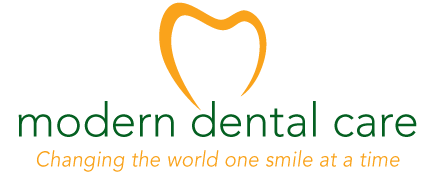Orthodontics
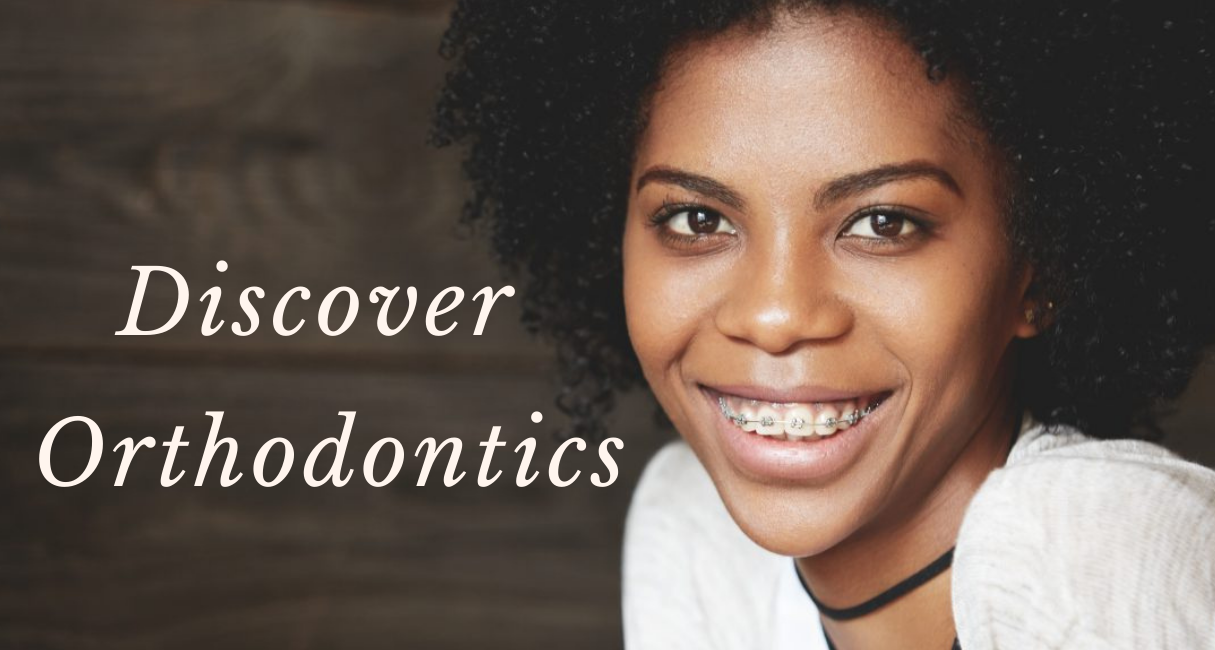
Orthodontics aim is to improve the position of misaligned teeth. Your Specialist Orthodontist can improve your appearance of your face, teeth, jaws functionality and joints.
Misaligned teeth are more prone to be damaged by carries, tooth wear and cause developing of gum disease. They affect all aspects of your dental health in general. Wrongly positioned teeth can be aligned by applying a light pressure on them for a few months.
Orthodontic vs orthopedic issues
If you have only misaligned teeth issue it is an orthodontic problem. Wearing brackets, wires or clear aligners order to align the teeth can solve the problem.
When the problem involves the size of the upper and lower jaws and the correlation between them. For example, the lower jaw can be much smaller than the upper jaw, or the bottom jaw is advanced in comparison to the upper jaw. Such issues can be addressed as an orthopedic task. Mostly, orthopedic problems can be fixed by wearing functional appliances that correct the relationship between jaws. Such treatment gives better results if performed before or during adolescence as bones and connective tissues are still soft, but sometimes orthopedic issues can be corrected at an adult age.
If relation between the jaws is extremely bad and the problem is not corrected early, only an orthognathic surgery can help at an adult age.
Orthopedic appliances are not always used to align teeth. Wearing an orthodontic braces, wires or clear aligners to align teeth can be required after an orthopedic treatment.
Types of orthodontic appliances
Removable orthodontic appliances can be removed from mouth to be cleaned because they are not fixed on the teeth. Such appliances are usually equipped with screws to turn, on the upper jaw, lower jaw, or both. It is advised to wear removable appliances at least 20 hours a day.
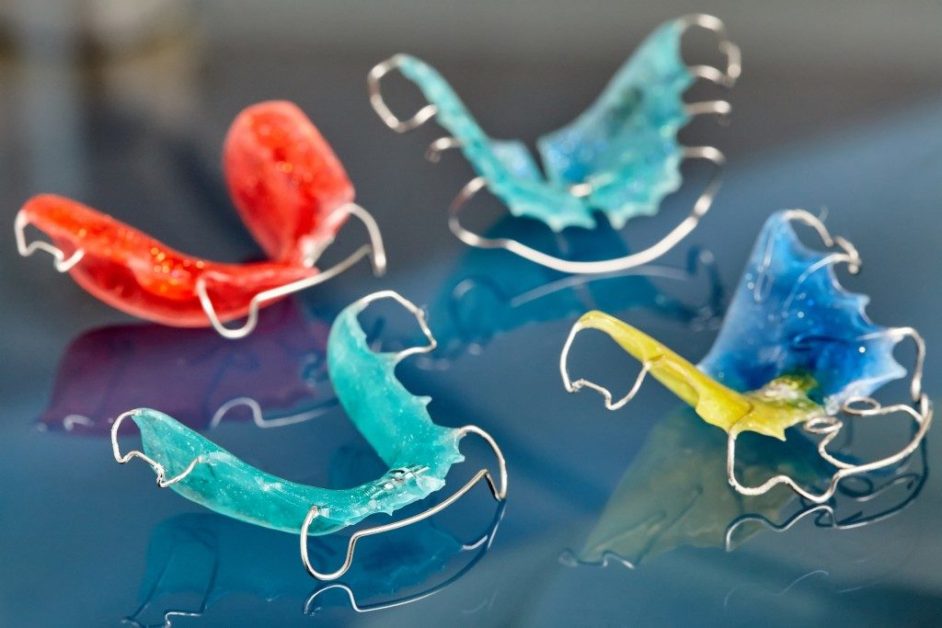
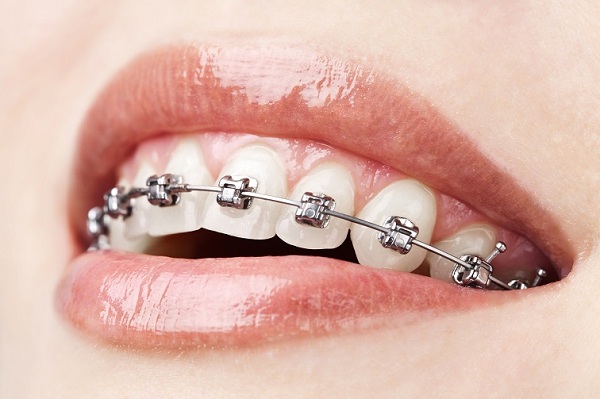
Fixed orthopedic appliance is attached to the teeth and cannot be removed from the mouth. Examples of fixed orthodontic appliances are the brackets, bands and wires most often associated with “braces.” They help the Specialist Orthodontist to precisely move the teeth into the desired position. Fixed appliances give The Orthodontist better control over the teeth movement and better results can be achieved then with removable appliances or removable aligners.
Invisible Orthodontics (Clear Aligners) is the technology of aligning teeth with a tight-fitting custom-made transparent tray that should be changed every two to three weeks. Each aligner should be worn for 20-22 hours a day.
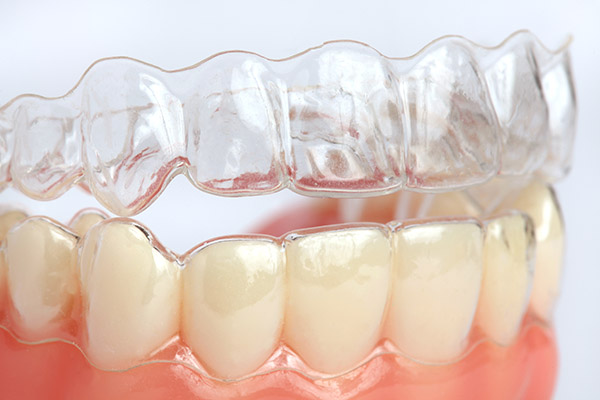
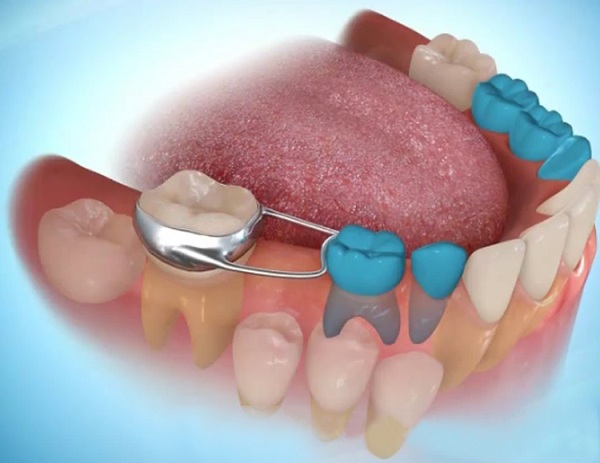
Space maintainer is a custom-made appliance used to keep a space for permanent teeth when children prematurely lose their milky teeth. The space maintainer helps the permanent teeth to grow into their right position by preventing the teeth from shifting or drifting into a space reserved for other teeth.
Lingual retainer it is a wire that is glued or bonded on the back surface of teeth. It keeps teeth in their position after an orthodontic treatment. This wire can stay on the teeth for a very long period of time.
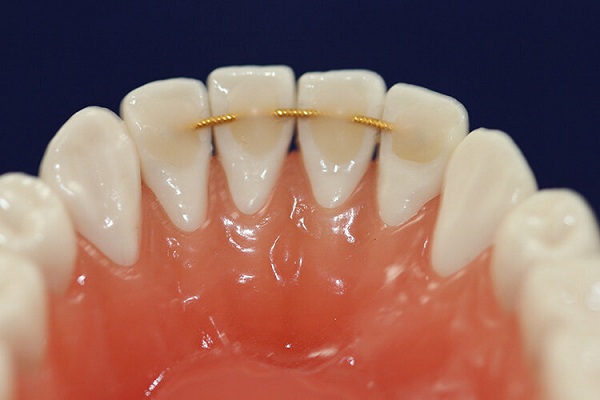
How to see if you need an orthodontic treatment?
Check out signs that indicate that you or your child may need orthodontic treatment.
- Teeth that are visibly misaligned, crocked or crowded
- Difficulty to floss between and to brush around crooked teeth
- Constantly biting cheek or tongue
- Cannot close teeth over each other properly
- Difficulty pronouncing certain sounds due to wrong tongue position
- Jaws clicking or making other noises
- Breathing through the mouth
- Child has baby teeth that are crooked or crowded
- Child has thumb-sucking habit or using a pacifier past the age of 2
- Child lost baby teeth early or late
- Child breathes through the mouth
It is recommended to consult a Specialist Orthodontist to find out if an orthodontic treatment will help. Before giving an exact diagnosis of the problem, a proper orthodontic assessment must be done by the Specialist Orthodontist. This examination must include print of the upper and lower jaws, photographs of the teeth and the face, panoramic x-ray and cephalometric x-ray.
After a proper assessment, the Specialist Orthodontist will advise which type of treatment will beneficiate in your case. He can evaluate the need of wearing an orthopedic appliance, the system of brackets and wire (braces), or a combination of both. In some cases, an orthodontic treatment requires surgery of the teeth or the jaws. Rarely, orthognathic surgery is recommended and is generally done by a Specialist Orthognathic surgeon.
Length of orthodontic treatment
The treatment longevity varies from one case to another. The duration depends of the complexity of the problem, of the space available for the teeth, of the degree of misalignment, of the health of the teeth and gums, and of the discipline of the patient to follow the instructions.
Usually, an orthopedic appliance must be worn between six and twelve months, and a complete orthodontic treatment can last up to three years. When the braces (aligners) are removed, the majority of patients must wear an orthodontic retainer during at least six months, and in some cases, for a lifespan.
Orthodontics and age of the patient
It is advised that all children have an appointment with an Orthodontist no later than age 6. Even children with no obvious crowding or slant to their teeth can benefit from an exam with an orthodontist.
The best age for starting an orthodontic treatment varies from person to person. Most of the time, treatment with braces begins between the ages of 9 and 14, when children start to get their permanent teeth.
Some people have to postpone orthodontic treatment until their adult years due to many reasons. The good news is that is never late to start an orthodontal treatment. However, remember the sooner you can see a professional advice about getting braces, the better.
Whenever you are ready, book an appointment with our Specialist Orthodontist. Discover Orthodontics with us!
